3 Count: Bounce House
Plagiarism Today
MAY 23, 2024
Sony sues Marriott over social media posts, Beyonce and Big Freedia sued over samples and photographer sues over wallpaper photo. The post 3 Count: Bounce House appeared first on Plagiarism Today.
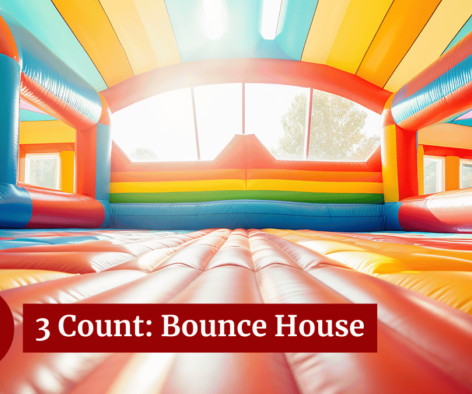
Plagiarism Today
MAY 23, 2024
Sony sues Marriott over social media posts, Beyonce and Big Freedia sued over samples and photographer sues over wallpaper photo. The post 3 Count: Bounce House appeared first on Plagiarism Today.
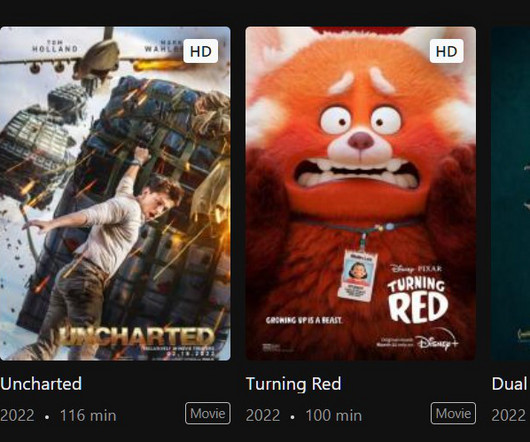
TorrentFreak
MAY 23, 2024
Pirate sites and services are a major problem for rightsholders and can be challenging to deal with. In India, however, recent court orders have proven to be quite effective. Indian courts have issued pirate site blocking orders for over a decade. In recent years, these have transformed into a powerful legal tool, allowing rightsholders to protect existing and future works with relative ease.
This site is protected by reCAPTCHA and the Google Privacy Policy and Terms of Service apply.
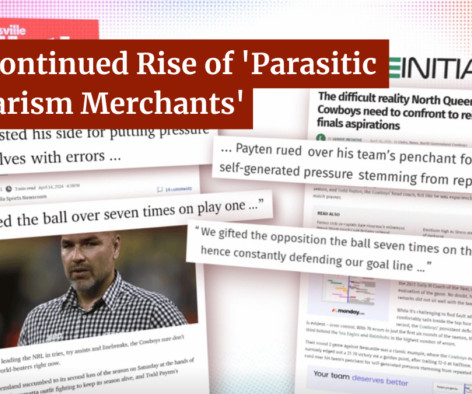
Plagiarism Today
MAY 23, 2024
In Australia, a high-profile media lawyer was connected to AI-rewritten plagiarism. However, the problem isn't going away. The post The Continued Rise of ‘Parasitic Plagiarism Merchants’ appeared first on Plagiarism Today.
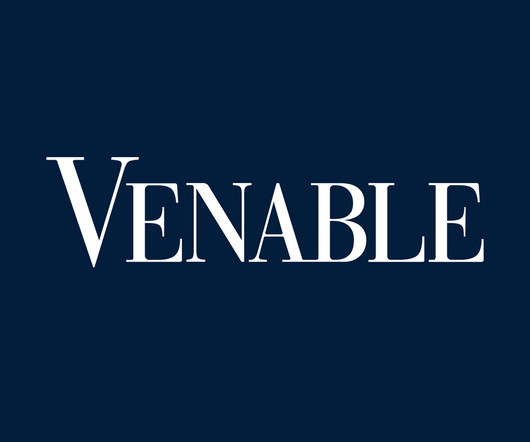
JD Supra Law
MAY 23, 2024
As the era of biologics and biosimilar litigations heats up in the United States, Europe’s Unified Patent Court (UPC) is also taking center stage with the first two biosimilar disputes filed in March and April.
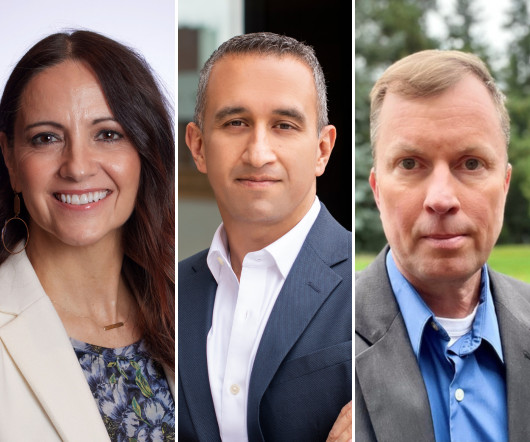
Speaker: Blackberry, OSS Consultants, & Revenera
Software is complex, which makes threats to the software supply chain more real every day. 64% of organizations have been impacted by a software supply chain attack and 60% of data breaches are due to unpatched software vulnerabilities. In the U.S. alone, cyber losses totaled $10.3 billion in 2022. All of these stats beg the question, “Do you know what’s in your software?

Cogency Global
MAY 23, 2024
What this is : Each year, limited liability companies (LLCs), limited partnerships and general partnerships formed or registered in Delaware are required to pay an annual LLC/partnership tax of $300 by June 1, covering the prior calendar year of existence. ( Delaware corporations are subject to different requirements. ) What this means : Below are some answers to the most frequently asked questions we field about this annual LLC/partnership tax requirement, which should help you maintain the goo
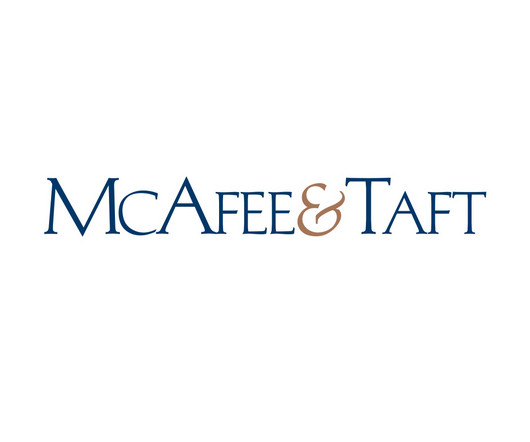
JD Supra Law
MAY 23, 2024
Earlier this month, the U.S. Supreme Court resolved a split between the circuit courts over whether the Copyright Act’s three-year statute of limitations limits the amount of damages a plaintiff may recover to a three-year period.
Intellectual Property Pulse brings together the best content for IP professionals from the widest variety of industry thought leaders.
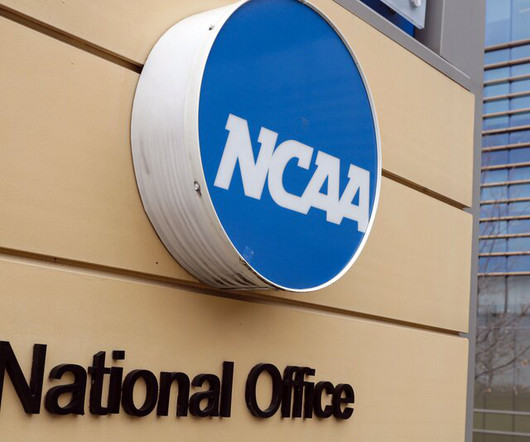
IP Law 360
MAY 23, 2024
The NCAA said Thursday it has reached a settlement with the former college athletes who had filed an antitrust class action demanding billions in potential compensation allegedly denied to them for decades before the U.S. Supreme Court overturned the NCAA's compensation ban.
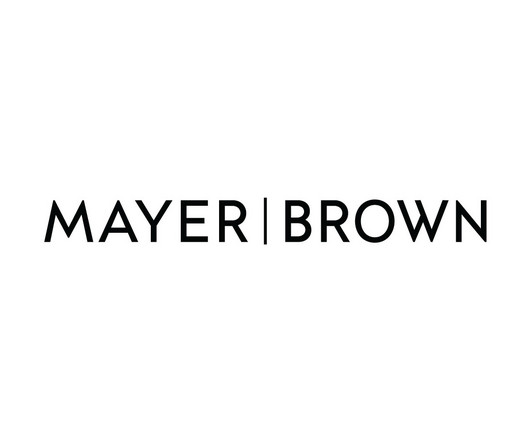
JD Supra Law
MAY 23, 2024
As applications and use cases for digital assets and their blockchain infrastructure grow and become more sophisticated, investments and valuations for businesses in these areas have grown as well. The growing number of opportunities have attracted a diverse group of investors and lenders. Global financial institutions and some of the world’s largest institutional investors are among those pursuing acquisitions and equity financings in digital assets businesses.
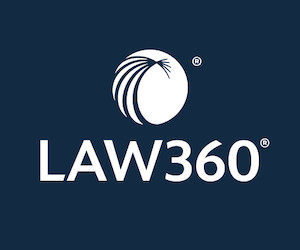
IP Law 360
MAY 23, 2024
Dyson told the Seventh Circuit on Thursday that a district court's refusal to award it profits from several e-commerce shops that defaulted in a trademark counterfeiting lawsuit should be reversed because it essentially "punished" the company by requiring it to provide proof that defendants should have offered.
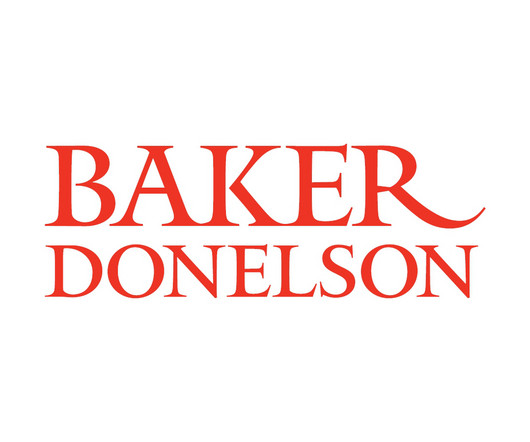
JD Supra Law
MAY 23, 2024
Baker Donelson recently published an article called "The End of Non-Competition Agreements? Not so Fast!" The article summarizes the Federal Trade Commission's (FTC) final rule prohibiting most employers from binding the majority of American workers to post-employment non-competition agreements (Final Rule).
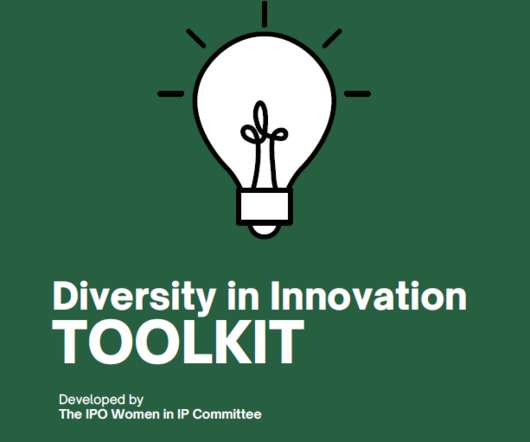
Advertiser: IPO
Women and diverse employees have the technical skill and knowledge, yet their contributions are not patented at the same rate as those of their male counterparts.This toolkit can help organizations move the needle on achieving gender parity in innovation.
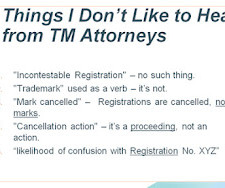
The TTABlog
MAY 23, 2024
Thank you for attending the INTA presentation yesterday. Because of me own technical incompetence, the last two slides in my presentation yesterday were given short shrift. A few people said they would like to see them, so here they are. If you client on each one, you will get a larger picture. Read comments and post your comment here. TTABlogger comment: See you next year, I hope.

JD Supra Law
MAY 23, 2024
The rise of artificial intelligence in the patent space brings both promises and challenges. With its potential to enhance drafting and examination processes, AI offers the prospect of improving patent quality. Join Sakari Arvela as he navigates through the opportunities, challenges, and ethical considerations inherent in this evolving landscape, while also presenting ideas for a healthier patent system.
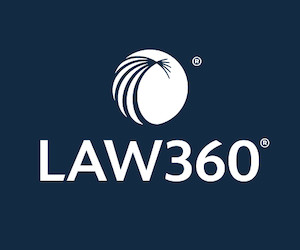
IP Law 360
MAY 23, 2024
Micron Technology Inc. willfully infringed a pair of Netlist computer memory patents, a Texas federal jury determined Thursday, saying the chipmaker owes $425 million in damages for one patent and $20 million for the other.
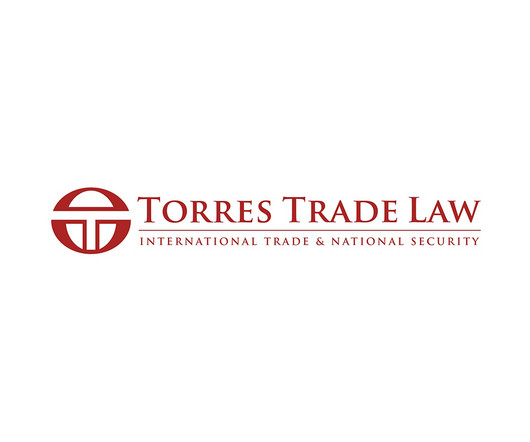
JD Supra Law
MAY 23, 2024
On May 22, 2024, the United States Trade Representative (“USTR”) announced the publication of a Federal Register Notice (“the FRN”) setting forth additional and increased Section 301 tariffs for specific Harmonized Tariff Schedule of the U.S. (“HTSUS”) subheadings. In addition, the FRN provides details on products subject to potential exclusions from the tariffs and establishes a period for interested parties to provide comments on the tariff modifications and potential exclusions.
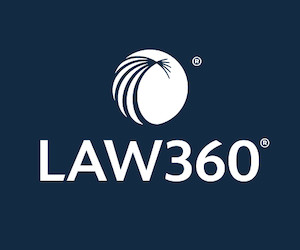
IP Law 360
MAY 23, 2024
Google failed on Thursday to persuade Federal Circuit judges to breathe new life into patent claims the tech giant has asserted in its legal fight with the Sonos speaker brand.

JD Supra Law
MAY 23, 2024
Leigh Smith and H. Straat Tenney of Locke Lord provide a comparative analysis of the handling of pre- and post-sale confusion of trademarked goods by jurisdiction to draw interesting conclusions for corporations to consider when developing their branding. Originally published in The Trademark Lawyer.
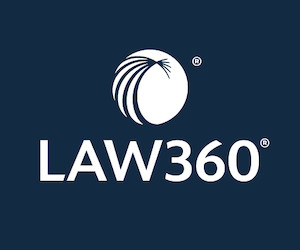
IP Law 360
MAY 23, 2024
The Patent Trial and Appeal Board has invalidated the vast majority of an Israeli inventor's patent covering adaptive headlights challenged by Volkswagen and Porsche, finding all but three challenged claims were obvious.
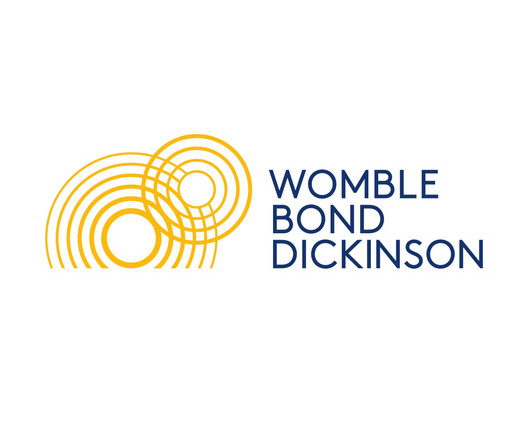
JD Supra Law
MAY 23, 2024
On May 10, 2024, the United States Patent and Trademark Office (USPTO) issued a Notice of Proposed Rulemaking (Notice) proposing changes to terminal disclaimer (TD) practice.
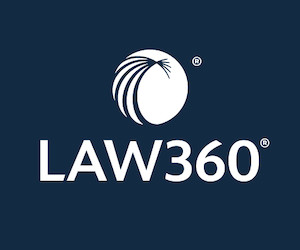
IP Law 360
MAY 23, 2024
Four Federal Circuit decisions in April that reversed or vacated underlying rulings provide a number of takeaways, including that obviousness analysis requires a flexible approach, that an invalidity issue of an expired patent can be moot, and more, say Denise De Mory and Li Guo at Bunsow De Mory.
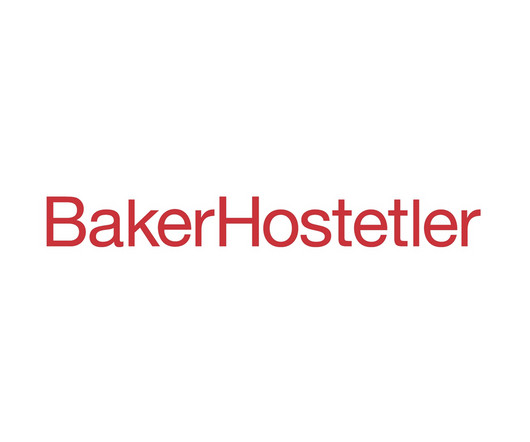
JD Supra Law
MAY 23, 2024
The BOT model continues to be of great interest to companies, courtesy of its cost-saving structure, access to bigger talent pool, opportunities for resource and financial control and security. Our attorneys have been assisting clients navigate and address many critical issues to be considered for successful BOT structure, including intellectual property, tax, labor and employment, export compliance, privacy, and data security.
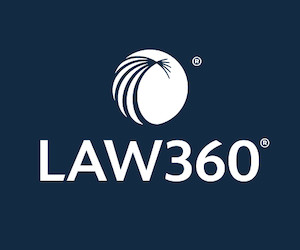
IP Law 360
MAY 23, 2024
The Federal Circuit has affirmed a Trademark Trial and Appeal Board decision that a family trust that is a minority owner of Paul Hobbs Winery, which owns the trademark registration on the name of winemaker Paul Hobbs, does not have the right to seek cancellation of registrations on certain trademarks.
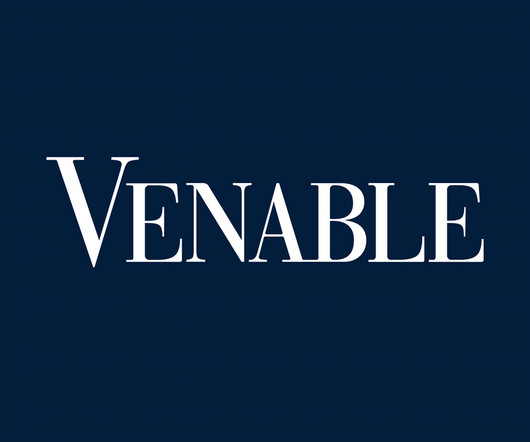
JD Supra Law
MAY 23, 2024
On May 17, 2024, Regeneron filed a second infringement litigation against Celltrion’s proposed EYLEA® (aflibercept) biosimilar CT-P42, Case No. 1:24-cv-00053 (N.D.W. Va.). The aBLA for CT-P42 was submitted to the FDA in June 2023.
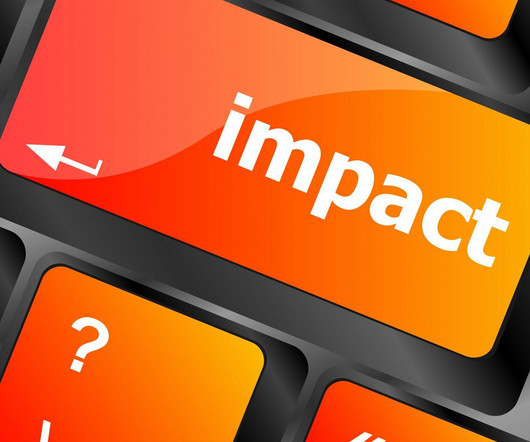
IP Watchdog
MAY 23, 2024
Applications for design patents have surged in recent years, with the U.S. Patent and Trademark Office (USPTO) reporting a 20% increase in applications over the last five years. Design patents have become an important tool in brands’ intellectual property portfolios – and for good reason: where trade dress protection can take years (and significant resources) to acquire, with the right planning and timing, design patents are easy to obtain and offer strong protections for brands.
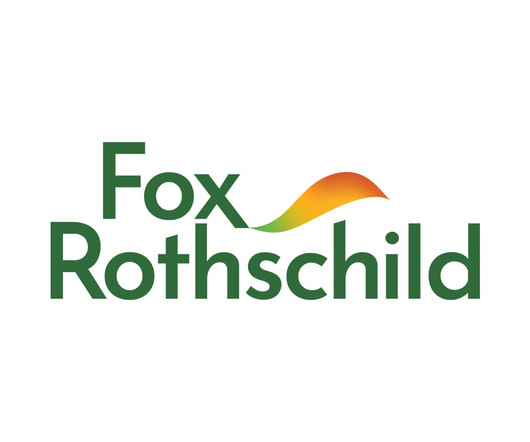
JD Supra Law
MAY 23, 2024
In a recent en banc panel decision, the U.S. Court of Appeals for the Federal Circuit overruled a decades-old test for obviousness of design patents. Reasoning that the old test was “improperly rigid,” the Federal Circuit said May 21 that the obviousness analysis for design patents should be treated similarly to the obviousness analysis for utility patents as set forth in the Supreme Court’s 2007 decision in KSR Int’l v.
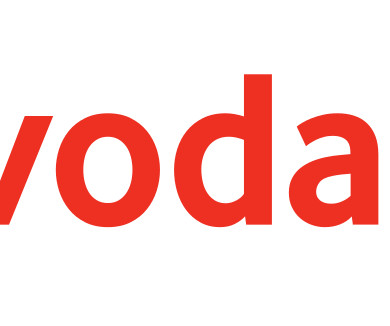
SpicyIP
MAY 23, 2024
On the recent Calcutta High Court’s decision ( Vodafone v. Saregama ) concerning rights of the authors, we are pleased to bring to you this post by SpicyIP Intern Surabhi Katare, highlighting the key issues in the dispute and sharing her take on the notable findings of the Court. Surabhi is a recent graduate from Hidayatullah National Law University, Raipur.
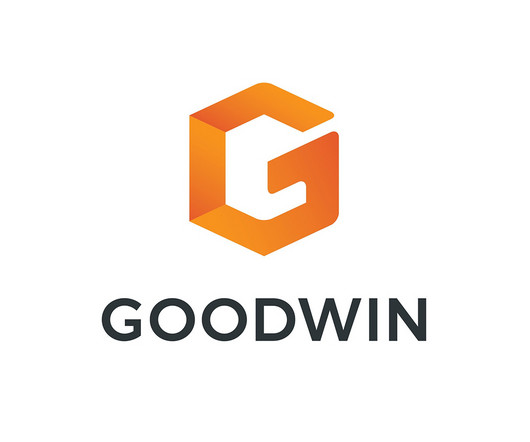
JD Supra Law
MAY 23, 2024
On May 17, 2024, an Appeals Review Panel (ARP) of the United States Patent and Trademark Office (“USPTO”) released its decision in Ex parte Chamberlain (referred to in Federal Circuit proceedings as In re Xencor; “Chamberlain”). The Chamberlain decision provides some clarity on the USPTO’s position on written description requirements for Jepson and means-plus-function claims in the life sciences space.
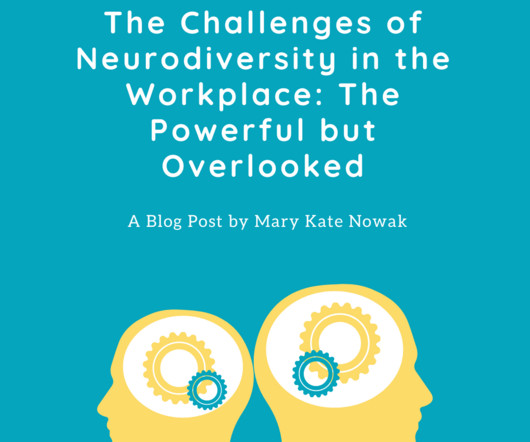
Chicago-Kent Intellectual Property Journal Blog
MAY 23, 2024
An Analysis of the Challenges Faced by Neurodivergent Employees and its Significance in the Legal and STEM Fields. Written by Mary Kate Nowak Neurodivergence is a term used to describe people whose brains behave differently from what society considers normal. [1] The term was created in 1998 by Judy Singer, … The post The Challenges of Neurodiversity in the Workplace: The Powerful but Overlooked appeared first on Chicago-Kent | Journal of Intellectual Property.
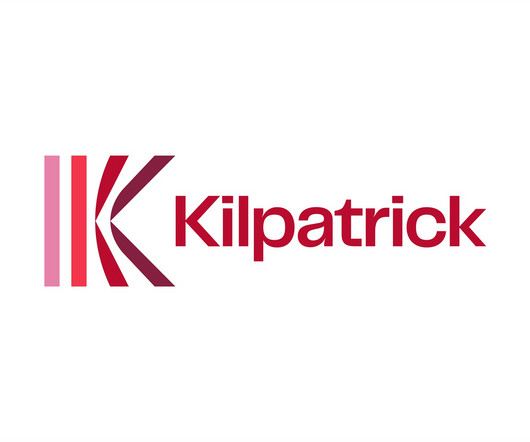
JD Supra Law
MAY 23, 2024
Kilpatrick’s Ted Mayle and Kevin Bell recently presented “What Corporate Counsel Need to Know About Patent Damages” at the ACC Colorado In-House Counsel Forum. With reports of nine-figure jury awards in patent cases being almost commonplace, corporate counsel need a comprehensive understanding of patent damages to effectively navigate intellectual property disputes and protect their company’s interests.
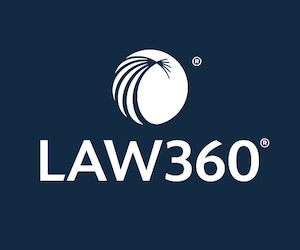
IP Law 360
MAY 23, 2024
A Seattle federal judge overseeing a trial of Bungie's copyright claims against a group of cheat code sellers instructed jurors Thursday that the defendants intentionally destroyed evidence by deleting records they had a duty to preserve once they were aware of the game studio's claims.
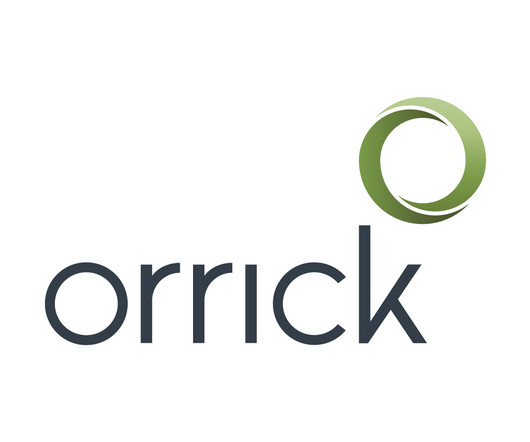
JD Supra Law
MAY 23, 2024
In a dispute over the validity of design patents covering the fenders of GM’s 2018-2020 Chevrolet Equinox, the Federal Circuit overturned its own long-standing Rosen-Durling “rigid” standard for assessing obviousness of design patents, returning to a “flexible” standard that will make it easier for parties to challenge the validity of design patents on obviousness grounds.
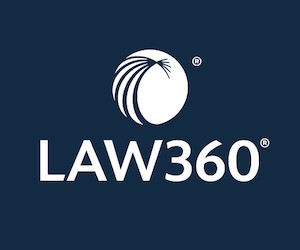
IP Law 360
MAY 23, 2024
Finesse Wireless LLC pushed back at the Federal Circuit against AT&T and Nokia's appeal of a more than $181 million verdict in Texas federal court for infringing Finesse's patents on reducing radio frequency interference, saying the companies' reliance on a 140-year-old Supreme Court case was misplaced.
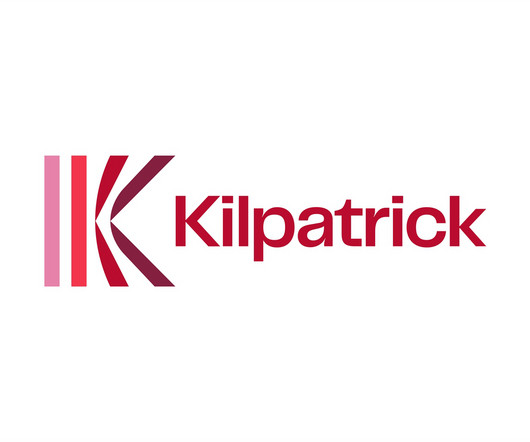
JD Supra Law
MAY 23, 2024
Unlike utility patents, which are frequently invalidated on obviousness grounds, design patents historically faced a rigid test making obvious findings rare. The Federal Circuit has just issued an en banc decision that upends the existing law of design patent obviousness, which will likely make obviousness challenges to design patents a much more viable line of defense to claims of infringement going forward.
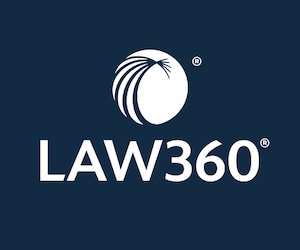
IP Law 360
MAY 23, 2024
The NCAA is expected to pay more than $2.7 billion to settle a yearslong antitrust class action lawsuit featuring hundreds of thousands of former college athletes who alleged the organization owed them for years of unpaid name, image and likeness compensation. Here, Law360 walks you down the winding path that led to the massive reported settlement.
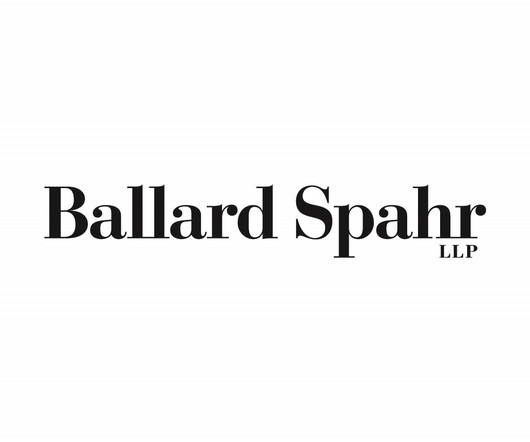
JD Supra Law
MAY 23, 2024
In an en banc decision, the Federal Circuit decided this week that well-established tests for determining design patent obviousness are “improperly rigid,” in violation of U.S. Supreme Court precedent such as KSR v. Teleflex, which established that flexibility is required when determining the obviousness of utility patents. The Federal Circuit gave little guidance on how courts should now determine design patent obviousness, leaving many unanswered questions and creating substantial uncertainty.
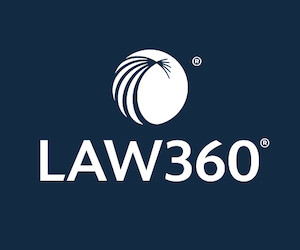
IP Law 360
MAY 23, 2024
The U.S. Patent and Trademark Office has issued guidance laying out how to apply the Federal Circuit's Tuesday en banc decision, making the standard for obviousness in design patents more flexible.
Let's personalize your content